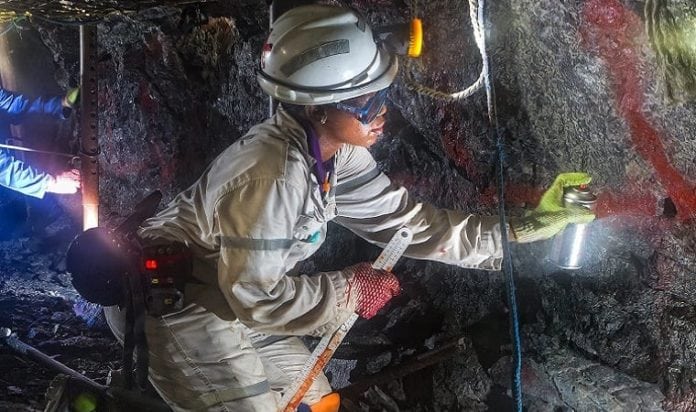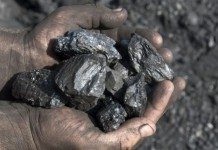
A FEATURE of Women In Mining (WIM) UK’s biennial publication, ‘100 Global Inspirational Women In Mining’ (WIM100), published today, is the growing prevalence of women in environmental, sustainability and governance (ESG) compliance.
According to WIM UK chairperson, Carole Cable, an executive at public relations firm, Brunswick, women in ESG roles demonstrate they are integral in an evolving industry and drivers of its modernisation. Women profiled in the book talk about the requirement for modernisation “… and point out that mining’s future needs to look different from its past,” says Cable in the book’s foreword.
In a post-Covid-19 world, the global mining sector has to look and behave differently, partly because it makes economic sense to do so. The improvement in precious metals pricing, and the rehabilitation of diversified mining company balance sheets, are attracting rare generalist and tracker fund interest to the sector.
But retaining new investment and growing it will require the mining industry to become part of the zeitgeist, not just keep tabs on it, and that will require diversity in all its forms. The increased participation of women is an important component of this modernisation.
Alex Buck MD of WIM UK, and who is head of corporate communications and ESG at Endeavour Mining, said the new edition of WIM100 attracted 626 nominations. The sheer weight of interest, Covid-19 distractions notwithstanding, was encouraging, as well as “humbling”.
One wonders, though, if this should be surprising: a consequence of the Covid-19 pandemic is that society has been given pause for both introspection. It has also raised questions about whether current conceptions of ‘leadership’ are fit-for-purpose.
In any event, the ear-catching thing about the process, as described by Buck, was how WIM UK selectors sought to reflect women across all employment levels rather than just the so-called ‘C-Suite’; that is, geologists along with the highest ranking executives. Mind was also given to cultural sensibilities: twenty-two of the 100 are from Africa.
Still, it remains unusual in the mining sector to have a woman as CEO of a listed company. Clearly, there’s still serious road to travel. Reuters cited Cable as saying in October that smaller mining companies had so far failed to emulate their larger counterparts in improving representation of female and Black employees. Some data bears it out.
According to a recent report by Swann Group, a recruitment firm, only 35 directors of UK-listed mining companies are in health, safety, environment and community engagement. Its keynote observation was that only 10% of board members were women.
Concerns aside, WIM100 is both acknowledgment and, in a world in need of heartening news, a celebration. “The female leadership, known as caring, empathetic and nurturing has many benefits, especially in times of transformation,” says Liliya Barchuk, director of financial crime compliance at Standard Chartered Bank in its Singapore office, and one of the WIM100. “I would like to inspire women to see their gender as a strength.”











